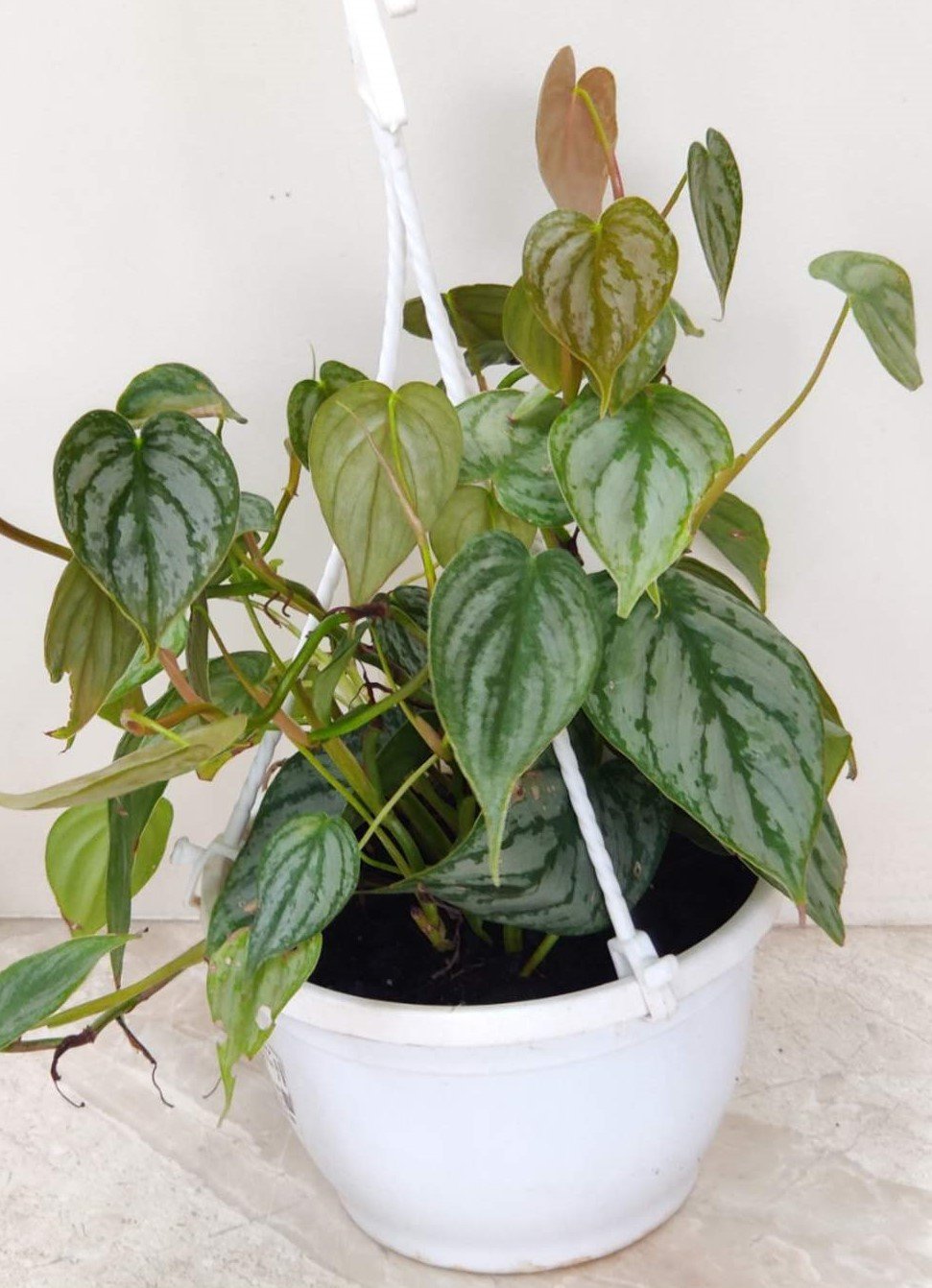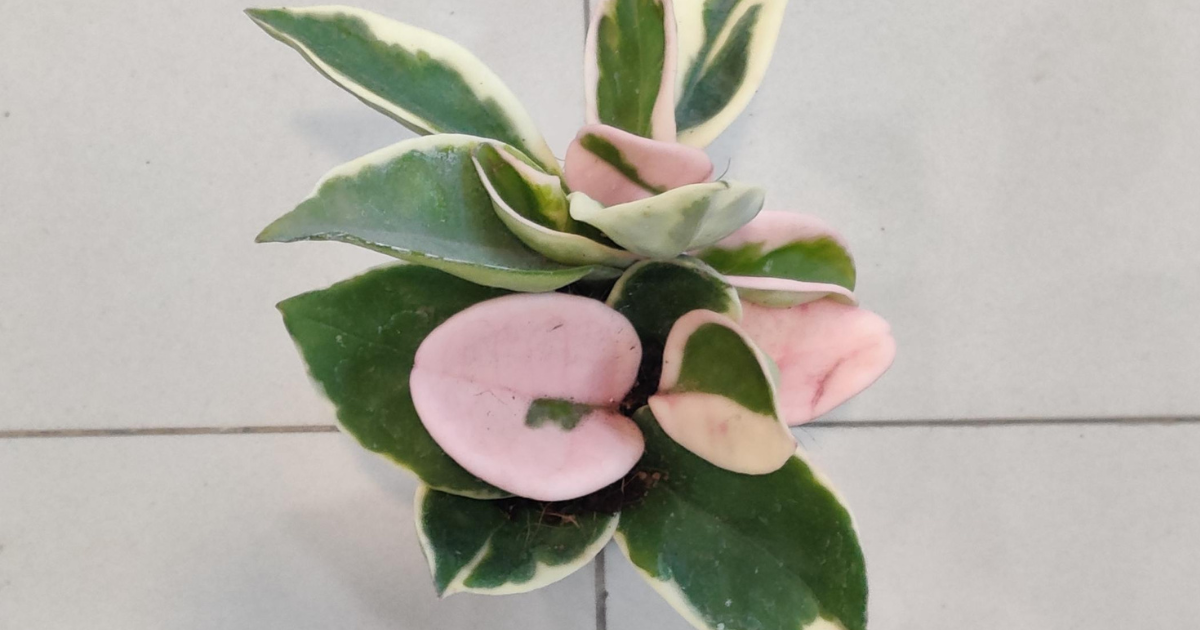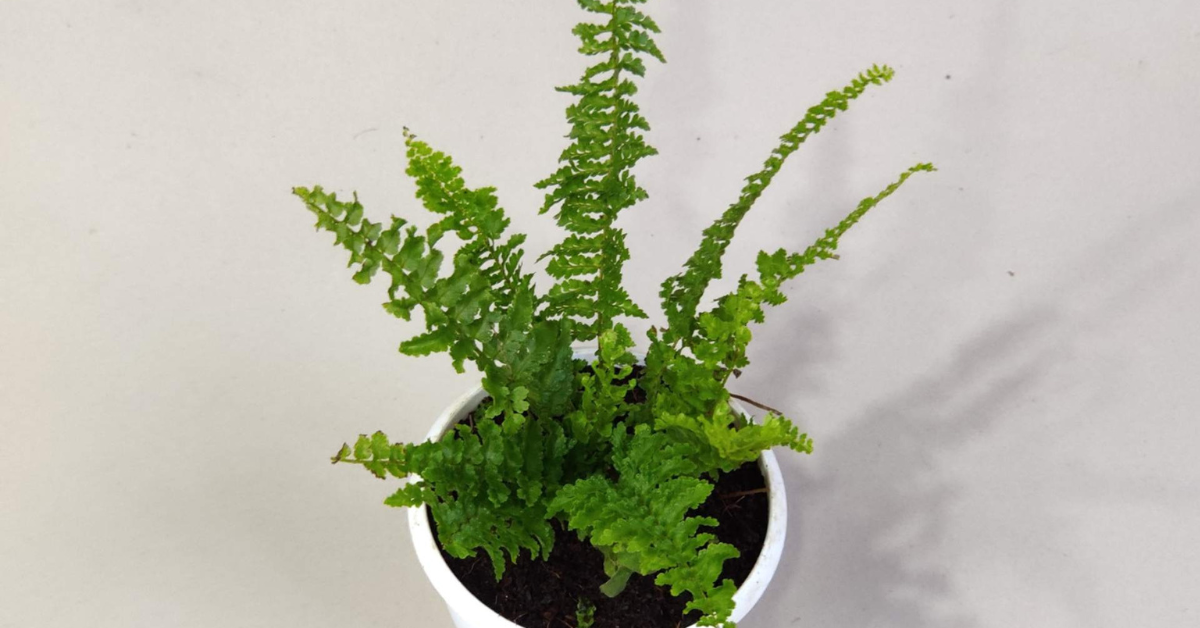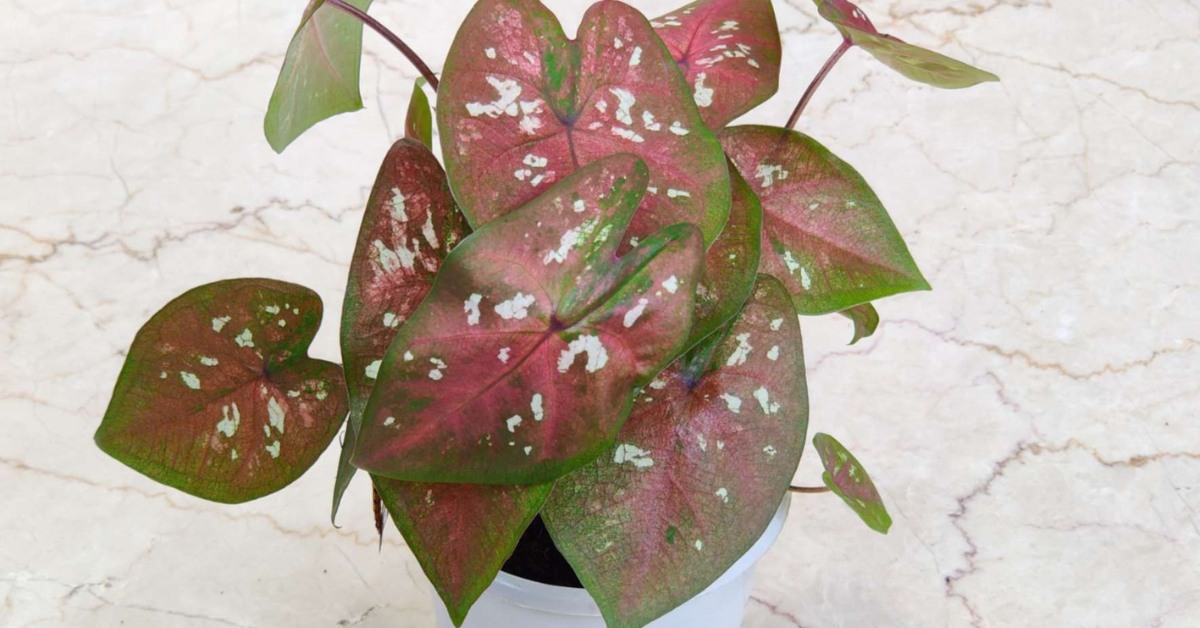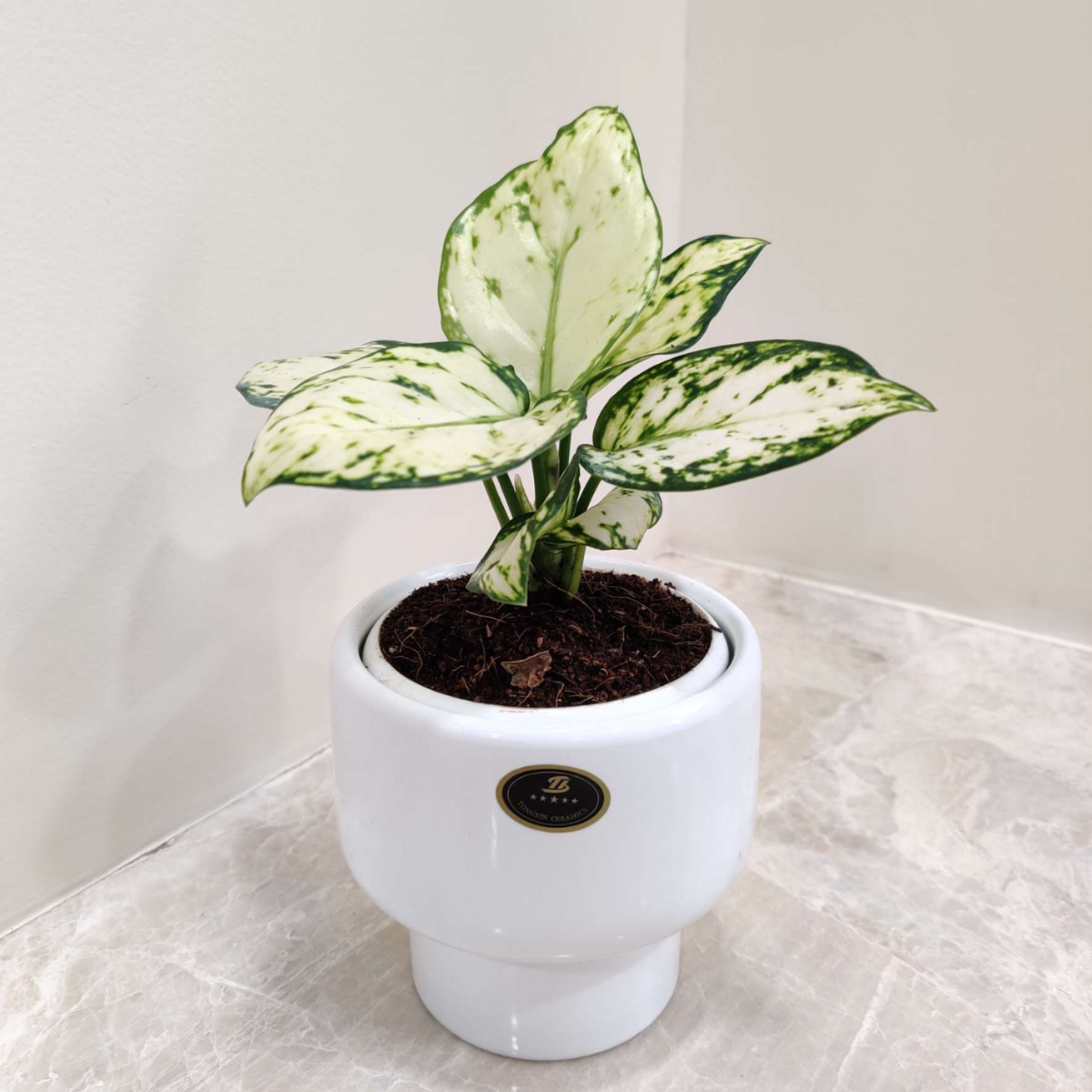If you’re a houseplant enthusiast searching for something truly unique, Philodendron brandtianum, also known as the Silver Leaf Philodendron, might be your next green obsession. With shimmering, silvery foliage and a surprisingly easy care routine, this tropical vining plant brings rainforest elegance into any indoor space.
In this ultimate guide, we’ll cover everything you need to know about Philodendron brandtianum: from its native origins and stunning leaf patterns to care instructions, propagation tips, and solutions to common plant problems. Whether you’re a beginner or a seasoned collector, this guide will help you keep your brandtianum healthy and thriving.
What Is Philodendron Brandtianum?
Also known as Philodendron Brandi, this striking houseplant is part of the Araceae family, which includes favorites like Monstera and Peace Lily. What makes it stand out is its silver-striped heart-shaped leaves—each one a natural work of art.
Botanical Facts:
- Common Names: Silver Leaf Philodendron, Philodendron Brandi
- Botanical Name: Philodendron brandtianum
- Native Range: Southern Colombia, Northern Brazil, Bolivia
- Growth Habit: Climbing vine; epiphytic or terrestrial
- Mature Size (Indoors): 4-5 feet
The silver coloration isn’t from pigment but from reflective cellular structures—a brilliant adaptation that makes this plant look like it’s dusted with frost or light.
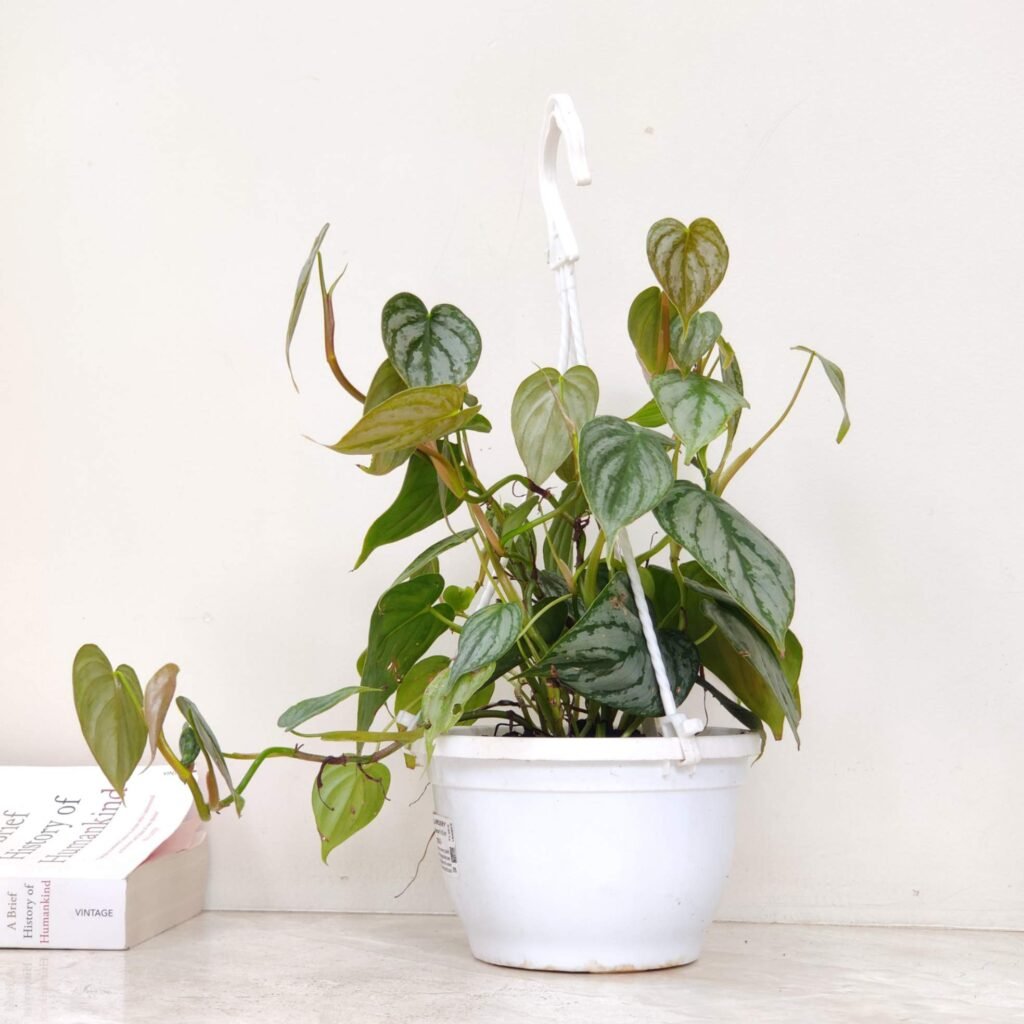
Why Every Indoor Garden Should Have a Philodendron Brandtianum
Looking to upgrade your indoor jungle? The Philodendron brandtianum, also known as the Silver Leaf Philodendron, is quickly becoming one of the most popular houseplants among collectors and casual plant lovers alike. Here’s why this beautiful tropical plant deserves a spot in your home:
1. Unmatched Aesthetic Appeal
The heart-shaped leaves with silvery variegation are what truly set the Philodendron brandtianum apart. The shimmering silver streaks against a backdrop of olive green create a dramatic, metallic effect that captures light beautifully. Each leaf looks like a hand-painted piece of art, making this plant a showstopper in any indoor setting—from minimalist modern homes to cozy boho corners.
2. Versatile for Small Spaces and Stylish Interiors
Whether you’re tight on space or designing a vertical garden, this plant adapts like a pro. Grow it as a trailing plant in hanging planters or train it to climb a moss pole for vertical interest. It’s a perfect choice for:
- Floating shelves
- Macrame hangers
- Bathroom corners
- Window sills with filtered sunlight
This flexibility makes it one of the best indoor philodendrons for apartments and small homes.
3. Brings Tropical Vibes Without High Maintenance
Despite its exotic looks, the Silver Leaf Philodendron is surprisingly low maintenance. Unlike fussy tropical plants, it doesn’t demand daily misting or constant attention. It thrives in bright, indirect light, enjoys moderate humidity, and only needs watering when the topsoil dries out. It’s the ideal tropical plant for beginners who want the look of a rainforest without the hassle.
4. Low Maintenance but High Reward
Philodendron brandtianum is one of the easiest vining plants to care for. As long as you provide it with:
- A well-draining soil mix
- Occasional feeding during the growing season
- Protection from direct sun
…it will thrive and reward you with lush growth. If you’re a busy plant parent or new to the hobby, this easy-care philodendron won’t let you down.
5. Rare Look, Widely Available
Once considered a rare collector’s philodendron, the brandtianum used to be difficult and expensive to source. Today, thanks to its rising popularity, it’s now available at many online plant nurseries and specialty houseplant shops, often at affordable prices. You can easily:
- Buy Philodendron brandtianum online in India
- Find Silver Leaf Philodendron on Amazon or niche plant sites
- Get it shipped nationwide with secure packaging
Its unique appearance still gives it an exclusive vibe—making it a conversation starter—while its availability ensures every plant lover can enjoy it.
How to Grow and Care for Philodendron Brandtianum Indoors
Light Requirements
Place your brandtianum where it receives bright, indirect sunlight. Direct sunlight can scorch the delicate silver foliage. East-facing windows are ideal; west and south-facing windows can work if the plant is kept a few feet away.
Symptoms of poor lighting:
- Too little light: Yellowing leaves and slow growth.
- Too much light: Brown, crispy leaf tips.
Watering Schedule
Consistency is key. Water when the top 2 inches of soil feel dry—this may be:
- Twice a week in summer
- Once a week or less in winter
Tips:
- Avoid water sitting in the saucer.
- Never let the soil become soggy.
- Always water at the base to prevent fungus on the leaves.
Temperature and Humidity
Philodendron brandtianum thrives in temperatures between 65–85°F (18–29°C) and humidity above 50%. Higher humidity encourages lush growth and vibrant variegation.
Boost humidity by:
- Using a pebble tray
- Placing it near other plants
- Running a humidifier
Avoid placing near radiators or air conditioners, which dry out the air.
Soil Requirements
This plant loves airy, chunky soil that retains moisture but drains well.
Recommended mix:
- 2 parts coconut coir or peat moss
- 1 part perlite or pumice
- 1 part orchid bark or rice hulls
Make sure your pot has drainage holes to prevent soggy roots.
Fertilizer Needs
During the growing season (spring and summer), feed your plant once a month using a balanced liquid fertilizer diluted to half strength. Skip feeding in winter.
Avoid over-fertilizing, which can cause brown tips or curled leaves.
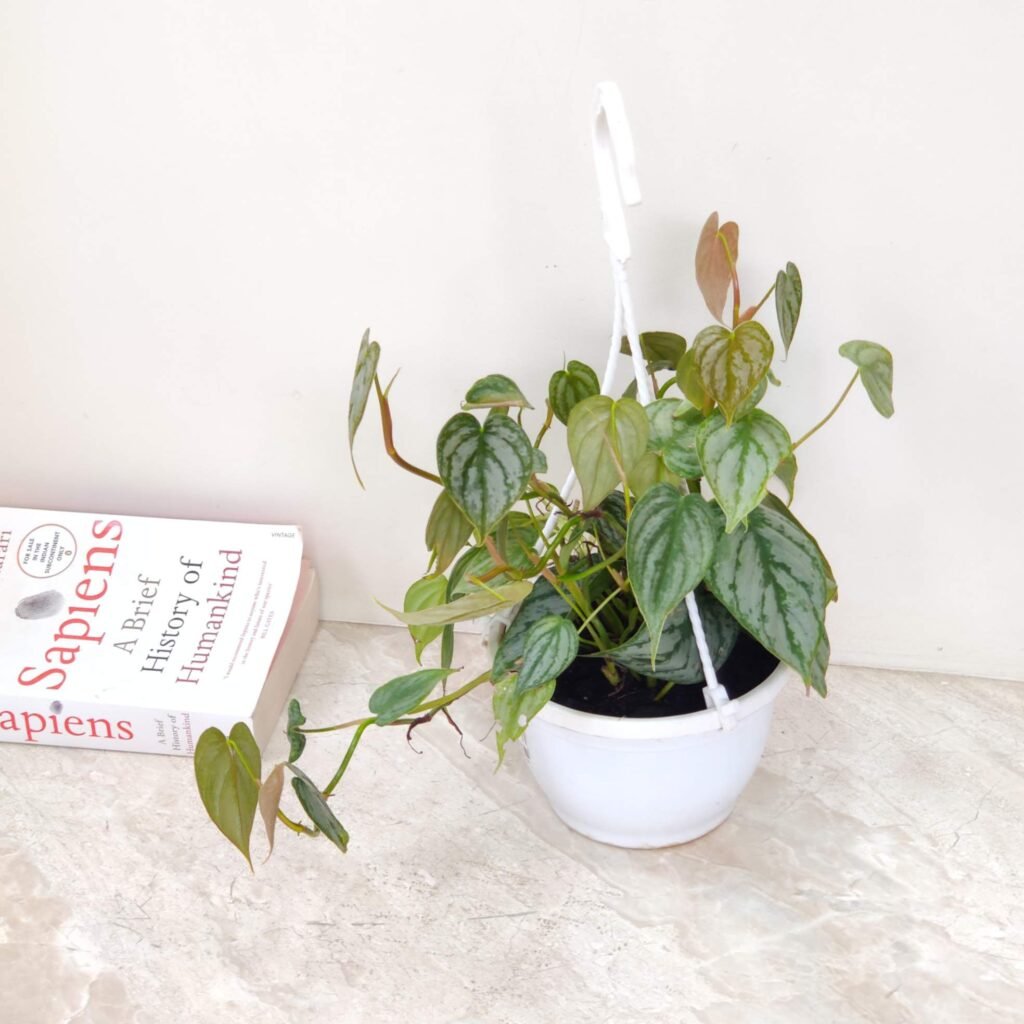
Climbing or Trailing: How to Style Your Philodendron Brandtianum Indoors
One of the best things about Philodendron brandtianum is its versatile growth habit. This tropical vine can grow as a climbing plant or trailing houseplant, depending on how you style it in your space.
If you’re looking to encourage lush, upright growth, provide support with a moss pole for climbing philodendrons. This mimics its natural habitat, where it scales tree trunks under the rainforest canopy.
Alternatively, allow it to cascade from hanging baskets or tall shelves for a graceful, trailing display that works beautifully in modern interiors.
Benefits of Growing Philodendron Brandtianum on a Moss Pole
- Encourages larger leaf size in philodendron brandtianum
As the plant climbs, its leaves can grow bigger and more defined, showing off even more of that silver variegation. - Boosts healthy root development in climbing philodendrons
A moss pole provides a moist, breathable surface for aerial roots to grip and thrive—just like in the wild. - Creates a natural rainforest look indoors
Perfect for styling a tropical indoor plant corner or a living wall feature. - Prevents leggy growth in vining houseplants
Supporting vertical growth helps prevent thin, stretched stems often seen in low-light or unsupported conditions. - Saves space in small rooms or apartments
A vertical growing style is ideal for plant parents with limited floor space.
Trailing Display Tips
Let your Silver Leaf Philodendron drape beautifully over:
- Hanging baskets near bright windows
- Plant stands for cascading leaf displays
- Bookshelves and floating wall planters
Trailing displays highlight the textured silver patterns on the leaves, making them a stunning focal point.
How to Propagate Philodendron Brandtianum
There are two main methods to propagate:
1. Stem Cuttings in Water
- Cut a healthy stem just below a node.
- Remove bottom leaves.
- Place in water (keep nodes submerged).
- Wait 3-4 weeks for roots to form.
- Transfer to soil.
2. Soil Propagation
- Cut a stem and dip it in rooting hormone.
- Plant in moist, well-draining soil.
- Cover with a plastic dome to retain humidity.
- Check for roots after 3-4 weeks.
Advanced Method: Air-layering—wrap moist coir around a notched stem while it’s still attached. Once roots form, cut and replant.
Common Problems with Philodendron Brandtianum and How to Fix Them
1. Yellow Leaves
Cause: Overwatering or low light
Fix: Let soil dry out and move plant to a brighter spot
2. Brown Tips
Cause: Low humidity, underwatering, or over-fertilization
Fix: Increase humidity, adjust watering, and reduce fertilizer
3. Leggy Growth
Cause: Too little light
Fix: Move closer to a light source or use grow lights
4. Pests (Spider Mites, Mealybugs)
Treatment
- Wash with water
- Apply neem oil or insecticidal soap
- Isolate infected plants
5. Root Rot
Cause: Poor drainage and overwatering
Fix: Remove rotten roots, repot in fresh, dry soil
Repotting Guide for Philodendron Brandtianum
Repot every 2-3 years or when:
- Roots poke out of drainage holes
- Growth slows down
- Soil dries out too quickly
Choose a pot that’s 2 inches larger and refresh the soil.
As your Philodendron Brandtianum grows, repotting becomes essential to ensure healthy root development and continued indoor success. Learn exactly when and how to repot your Philodendron for healthier indoor growth in our dedicated guide.
Choose from stylish ceramic, terracotta, or hanging planters
Styling Ideas: How to Display Philodendron Brandtianum
- On a tall shelf: Let it cascade for a jungle vibe
- In a hanging basket: Add elegance to windows
- Climbing a moss pole: Dramatic vertical display
- In a group: Pair with other silver-toned plants for a cohesive look
Is Philodendron Brandtianum Safe?
It contains calcium oxalate, which is toxic to pets and children if ingested. Symptoms may include oral irritation, drooling, or vomiting.
Keep it on a high shelf or in a hanging planter if you have curious pets or toddlers.
Final Thoughts: A Must-Have for Every Plant Collector
Philodendron brandtianum isn’t just another houseplant—it’s a botanical masterpiece. From its metallic leaves to its versatile growth habit, it offers something for every plant lover. Whether you’re curating a tropical indoor jungle or just starting your plant collection, this shimmering silver-leaf stunner will bring long-lasting joy and visual appeal.
So go ahead—make space for this rainforest beauty on your windowsill, bookshelf, or hanging planter. With the right care, Philodendron brandtianum will reward you with years of stunning growth and plant parent pride.
FAQs
1: Is Philodendron Brandtianum rare?
It was once considered rare, but it’s now more widely available in online nurseries and plant stores.
2: Can I grow Philodendron Brandtianum in low light?
It tolerates low light but won’t thrive. You’ll get smaller, less variegated leaves.
3: What is the best potting mix for Philodendron Brandi?
Use a chunky mix with coir, perlite, and bark to mimic rainforest soil and allow airflow to the roots.
4: How fast does Philodendron Brandtianum grow?
It’s a moderately fast grower, especially with support. Expect several inches of growth per month during warm seasons.
5: Can it grow in water permanently?
Yes, but you must add liquid nutrients monthly and change the water regularly to prevent rot.

